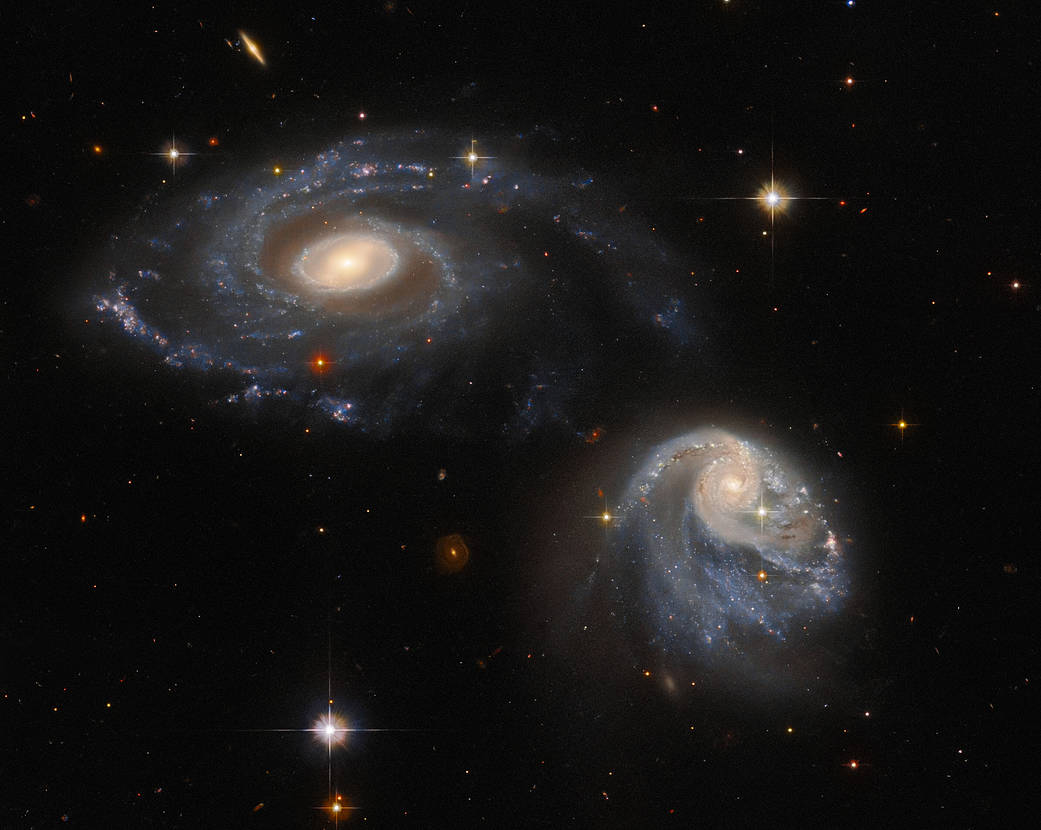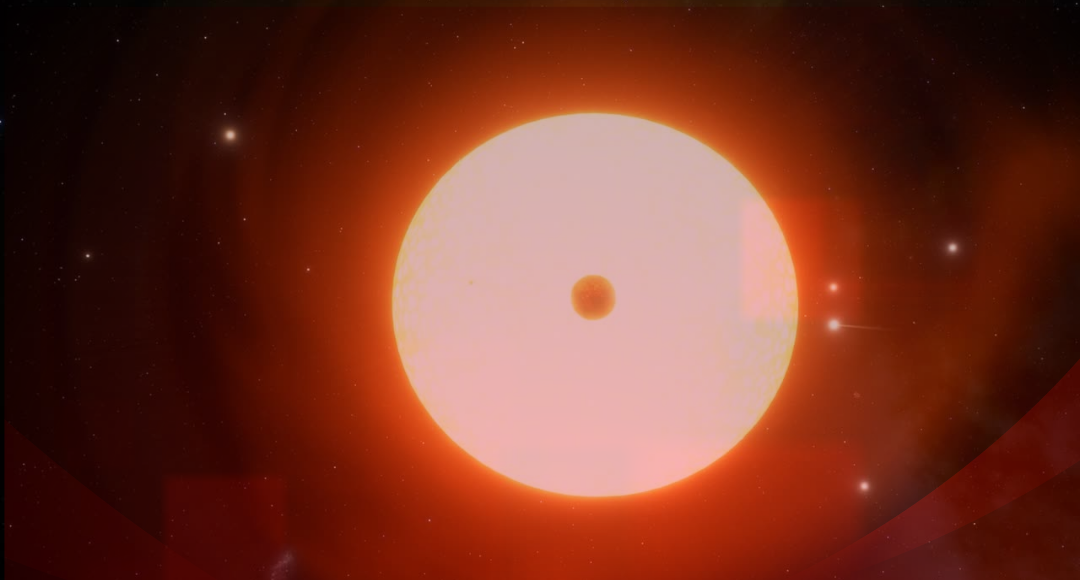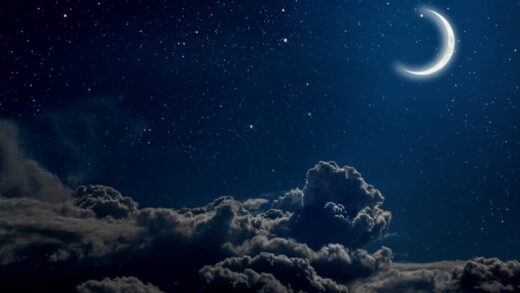Hubble Captures Image of Two Interacting Galaxies

The most recent image of two interacting galaxies, floating side by side, from the Hubble Space Telescope illustrates that even in its older years, the telescope is still capable of taking us into deep space.
Despite appearing tranquil and undisturbed, the two galaxies that make up the pair known as Arp-Madore 608-333 are gradually warping one another due to a gravitational interaction that is disturbing and distorting both galaxies. Hubble’s Advanced Camera for Surveys captured this prolonged galactic interaction.
According to NASA, the interacting galaxies in Arp-Madore 608–333 are a part of an effort to build up an archive of fascinating targets for more in-depth future studies with Hubble, ground-based telescopes, and the NASA/ESA/CSA James Webb Space Telescope. Astronomers scoured the night sky for a list of targets in existing astronomical catalogues to build this archive. They wanted to include objects that they had already identified as interesting and that Hubble could easily observe from any perspective.
Hubble observing time allocation is a lengthy, competitive, and difficult process, and the astronomers have designed observations to use every single second of the available Hubble time. As Hubble spins to point at new targets, a minute but constant fraction of time – approximately 2-3% – is lost, according to NASA. There are snapshot programs that can fill this gap and take advantage of the gaps between longer observations, like the one that captured Arp-Madore 608-333. In addition to creating stunning images, snapshot programs allow astronomers to use Hubble to gather as much information as possible.
On April 24, 1990, the space shuttle Discovery put it into orbit. About 340 miles (550 kilometers) above Earth, Hubble orbits. It weighs as much as two normal elephants and is the length of a large school bus.
Up to this moment, Hubble has captured about 1.5 million observations. These include in-depth images of galaxies located billions of light years away, comet remnants colliding with Jupiter’s atmosphere, and the birth and death of stars. These images have taught scientists a lot about the universe.


